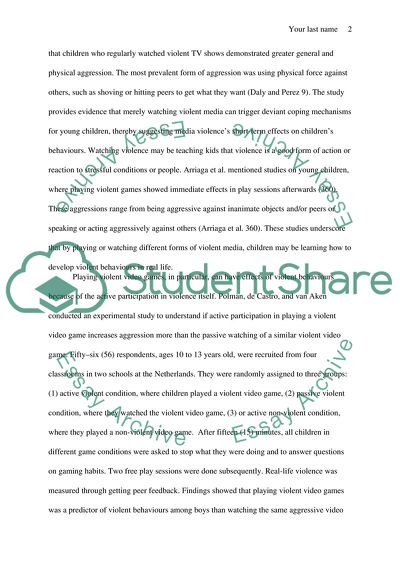Cite this document
(Short-term and Long-term Effects of Media Violence on Children Term Paper, n.d.)
Short-term and Long-term Effects of Media Violence on Children Term Paper. https://studentshare.org/media/1822147-researched-argument
Short-term and Long-term Effects of Media Violence on Children Term Paper. https://studentshare.org/media/1822147-researched-argument
(Short-Term and Long-Term Effects of Media Violence on Children Term Paper)
Short-Term and Long-Term Effects of Media Violence on Children Term Paper. https://studentshare.org/media/1822147-researched-argument.
Short-Term and Long-Term Effects of Media Violence on Children Term Paper. https://studentshare.org/media/1822147-researched-argument.
“Short-Term and Long-Term Effects of Media Violence on Children Term Paper”. https://studentshare.org/media/1822147-researched-argument.


